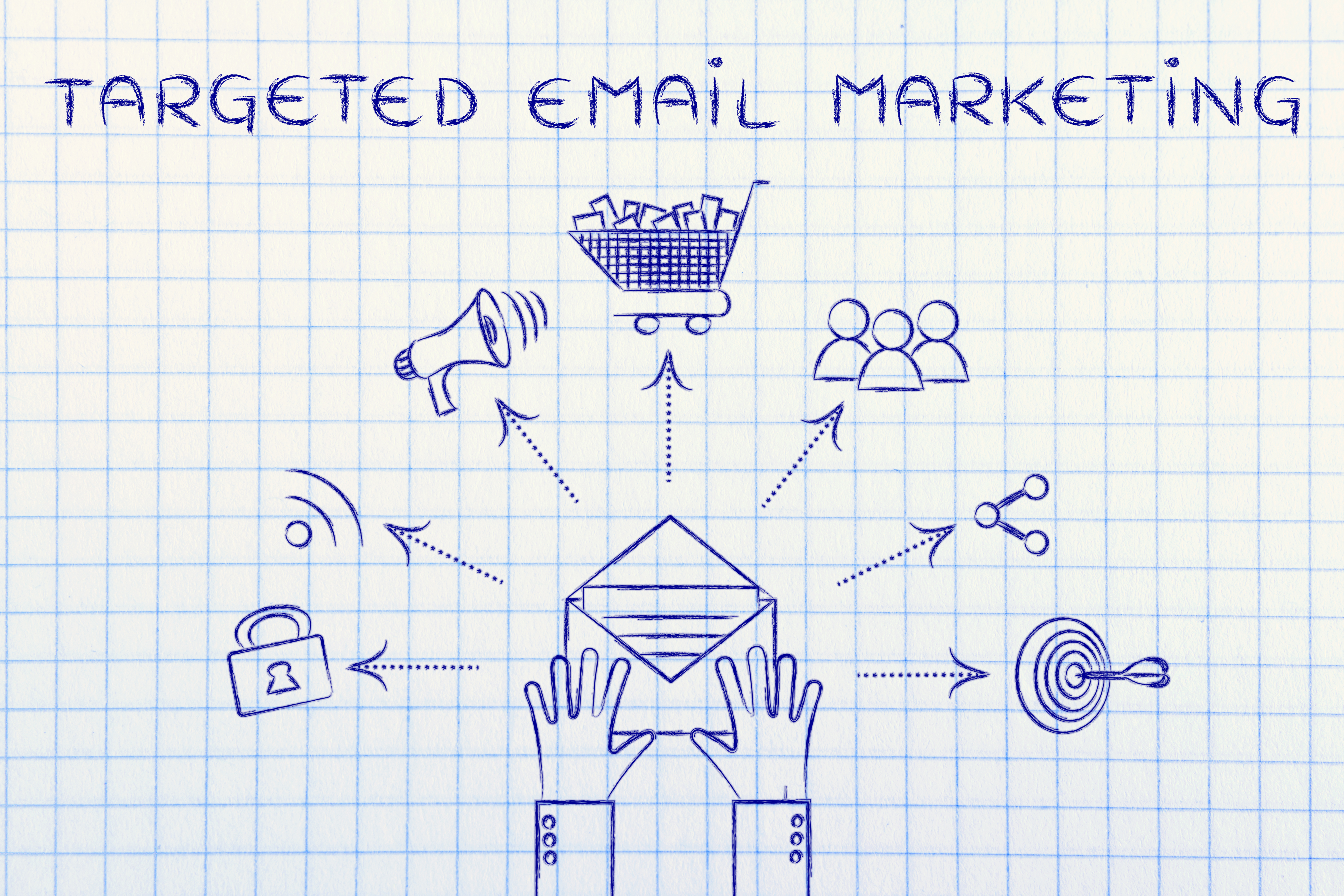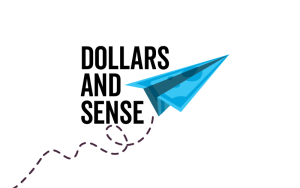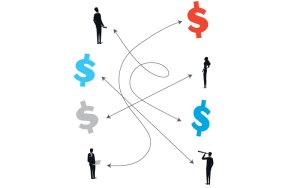It’s natural for an email list to shrink if the content is just average. Every day emails reach our inbox whether we anticipate them or not.
In order to send more effective messages, marketers are enabling the very machines that connect us to grow our understanding and make data-based adaptions. Here are some of the new trends in the arena of email marketing.
Data Discoveries
Machine learning is the fastest emerging trend in enterprise strategies for mobilizing an email list. Experts strive to employ really robust data to understand consumers. This information gives insights into what they buy, what they look at and if they’re receiving the right message.
Did you know that email tracking software can dig that deeply? The average marketing tools tell if a reader opened an email, but professionals are using software that alerts them as soon as a prospect reads an email. Now automation makes it possible to use a sequence of emails in an engaging discovery to learn about a prospect and foster their interest and growth.
Related: Your New Co-Worker is a Bot: AI For Facebook CS
Super Segmentation
While the rest of the marketing world is eager to capitalize on influencers, email marketers know that there is extreme monetary value in investing the time to kindle a relationship with their best clients. For companies that have lists with millions of subscribers, the way to forge a connection is by setting up a path (or many paths) for consumers to follow and analyzing the data along the way to create a measured response plan.
For example, Maddy Brady of BAH first used data to generate a list of super-engaged and active customers. She incrementally grew her specialized email list from 75 to over 1,700 by using very focused segmentation and content. Every time she sends an email, it outperforms all their other lists. She proudly admits that each email she sends gets massive clicks and massive opens.
What is the key to unlocking this kind of potential? “Find that weird niche audience that’s excited about your content and really run with it,” Brady says.

Reengage with Timely Renewals
We’ve all gotten “the breakup email” before. It’s the one that comes after a short string of sales pitches. There’s nothing unique about them anymore. They’ve been tried and tested. But they’re still effective, so we still get them. Maybe we don’t want to miss out on the email list because there could be a coupon or offer forthcoming.
What we’re seeing now is a trend where elite marketers are reaching out to readers to add value. They’re asking questions to help the relationship:
- Did you receive too many emails?
- Are we sending what you want to read?
- Would you like to know something about our company?
Brad Gurley of Higher Logic urges marketers to reach out before the annual re-engagement pitch in order to continually improve in the customer’s eye. In fact, the most important factor of the re-engagement email is the ability to set an expectation for them. Think about it: If you ask if they would like to receive a weekly or monthly newsletter, don’t you think they’ll be looking out for your email next week if you click the button?
This is also the time to update your profile on the prospect. Have they changed jobs or moved? It’s not uncommon in this industry to work with an email list that is five or six years old. Making your own cuts beyond simply those that become inactive set the tone to deliver content that is inspiring and unique.
Related: 7 Event Email Marketing (Insider) Tips
Understand Google
Not only are we setting expectations for humans through our emails, but we’re also communicating to complex systems like Google. While the tech giant has come to expect transactional, promotional and content-based emails, they are constantly evolving their spam filters. They’re monitoring subject lines, content and more. One creative way Cindy White of Plow & Hearth skirts around the technical shield is by embracing the need for unique content. Her web of pre-engagement emails includes 137 templates with pre-determined paths to weave audience expectation and open rates into regular readership.
In the quest to be spam-proof, novel technologies can strategize for a higher open rate by continuously improving email subject lines. Once readers are engaged in a transactional email, Maddy Brady recommends including a Twitter feed or relevant content to leverage the readership.
Appreciate the Laws
As technology evolves, governments worldwide attempt to form an understanding of the implications on privacy and human rights. Brad Gurley offered clarity on the difference between GDPR and can-spam. Where can-spam protects by enforcing opt-out, GDPR goes a step further to require an opt-in.
Since names and email addresses fall into the realm of protected data, special care must be taken with Canadian and EU-based readers to confirm their interest in receiving a campaign. When in doubt, assume the more stringent rules.
Closing Remarks
This post was inspired by an engaging panel at the Mid-Atlantic Marketing Summit #mamsummit.
- Maddy Brady – Email & Marketing Automation Lead, BAH
- Monica DiBartolo – Director, Strategy & Client Services, FulcrumTech
- Brad Gurley – Director of Deliverability and ISP Relations, Higher Logic
- Christina Olney – Senior Director of Digital Marketing, National Geographic
- Cindy White – Senior Marketing Manager, Plow & Hearth
Be sure to join us at the next one!



